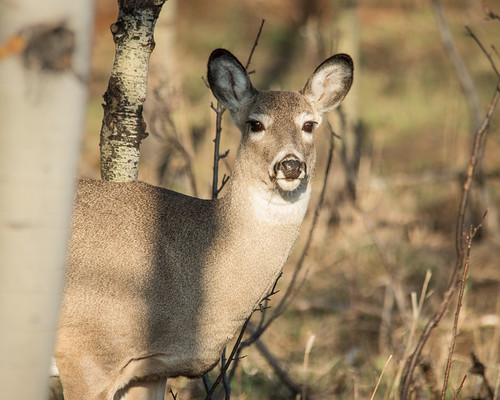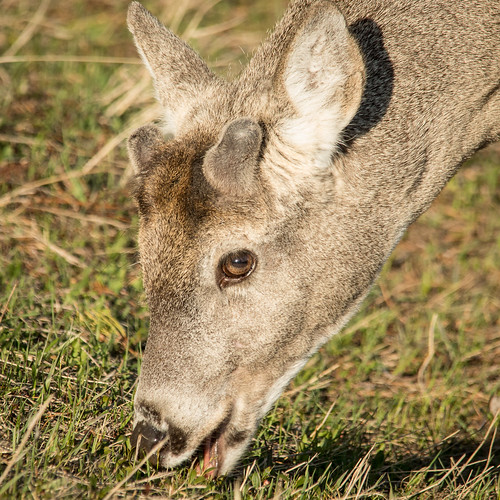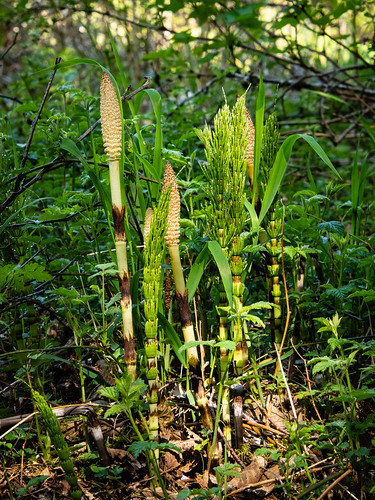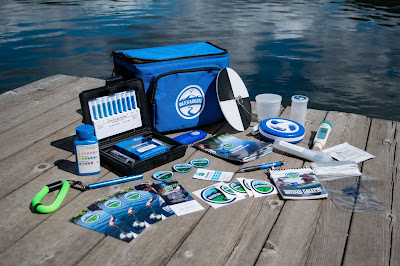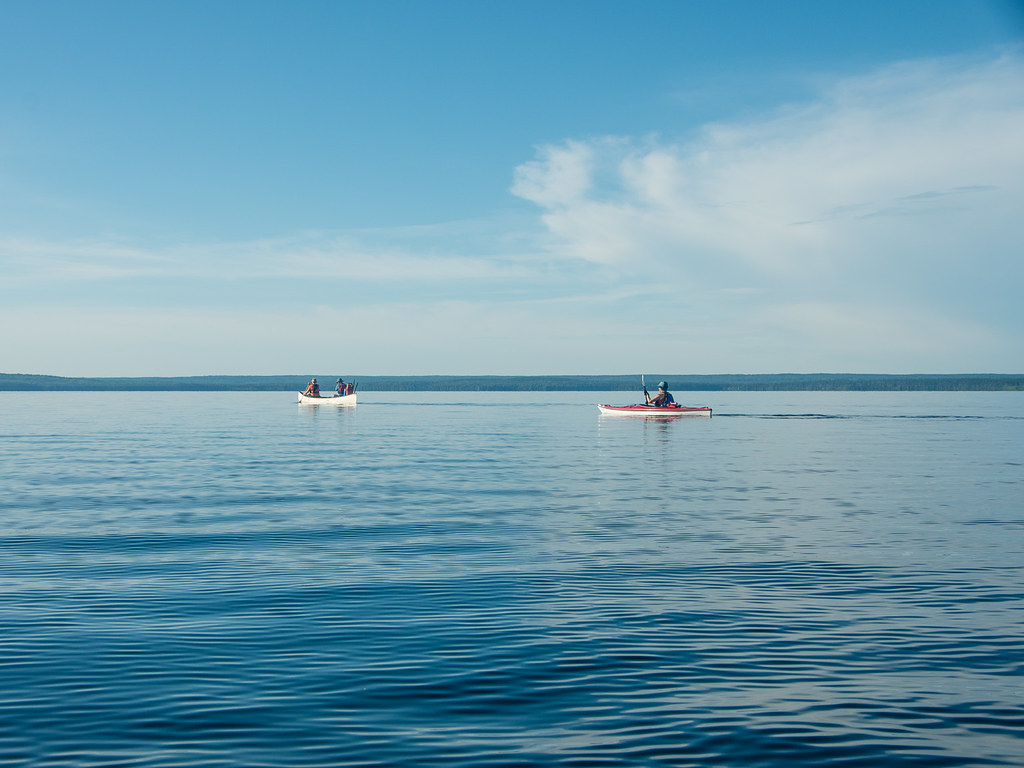Many Canadians spend their summers at the lake, while others relish riverside walks or paddle boarding. We tend to assume that our waters are clean and healthy – but are they? According to the World Wildlife Fund’s
2017 Watershed Reports, we lack data on the water quality of 100 out of 167 of our watersheds. Of the ones that have been tested, 42 out of 67 are rated Poor or Fair.
Getting Started
In 2014, Kat Kavanagh was staying at her family’s lakefront cottage and went out with her father when he did his regular test for water quality. Her father had accumulated 10 years’ worth of data, but the lab results were hard to understand and there was no easy way to compare and share the information. Kat was determined to develop a public data-sharing platform, so she and a team of other web designers and developers took her idea and a team to the
Aquahacking challenge in 2015. They won:
Water Rangers was underway.
Once the platform was in place, the organization took a look at the water testing kits that were currently on the market. They were dismayed to discover the kits were very expensive and difficult to use. Water Rangers went on to design and distribute their own kit to people in Canada and beyond so they could collect and share community data on the Water Rangers’ free, open platform.
Water Rangers test kits can be purchased online and are also being distributed for use in a variety of grant-funded projects. Some groups are testing for changes over time while others, such as a group monitoring mining activity in New Brunswick, have a particular concern and want data so they can hold authorities responsible.
The kits provide valuable information about water temperature, conductivity, pH, alkalinity, hardness, dissolved oxygen, and water clarity. Different species have different temperature and dissolved oxygen requirements, and many species such as fish, frogs and insects can’t survive without oxygen. Similarly, many species can only survive if the pH is within a certain range. The kits also measure the water’s ability to conduct an electrical current. “Higher conductivity means there are more dissolved ions in the water, which is usually associated with more pollution.”
Graduate students at Carleton University compared the results from the Water Rangers’ kit with those obtained using a professional probe and determined the kits were very accurate and provided reliable data.
The kits have some limitations. Tests for toxicity are not included in the kits as they are really expensive. However, participants are encouraged to take photographs, which provide a graphic record of dead fish or algae bloom. Drinking water quality must be tested in a lab, but some of the tests in the kit, such as high conductivity or low dissolved oxygen, do alert you to a potential problem.
Participants can add their data to an
open-source platform so anyone who is interested can check the water quality in their area or compare results with other areas and over time. One of the organization’s goals is to increase its capacity to share its results with researchers and decision-makers.
Testing water quality on a regular basis benefits participants personally as they
spend more time outdoors and visit new locations. They also
share what they’ve learned about water and the importance of protecting the environment with their friends and families.
Large Projects in Ontario & Saskatchewan
Water Rangers is currently involved in two large water-testing projects. In partnership with Canadian Freshwater Alliance and the Government of Ontario’s Great Lakes Local Action Fund,
volunteers in the Lake Erie watershed are using the Water Rangers kits to test their local water bodies on a monthly basis from April to October 2021. Volunteers will also help with shoreline clean-ups, plant trees and wildflowers, and learn about local wildlife.
Dr. Kerri Finlay started a water monitoring project at the University of Regina with volunteers at 2 lakes in 2017 and 6 in 2018. Once she learned about Water Rangers, she reached out and began a partnership that would expand the program. 43 volunteers are testing water across Saskatchewan this summer, from the Qu’Appelle Valley to Emma Lake. Many of the volunteers have cottages or visit the lakes frequently, so they’re being encouraged to test frequently. The results are uploaded to the Water Rangers’ database and will also be shared on the Gordon Foundation’s
DataStream. Long-term goals include expanding the testing to more remote sites that are visited less often, improving communication back to volunteers, and adding to the kit so users can test for nutrients in the water. Over time, they hope to verify the reliability of community-based water monitoring programs and enhance collaboration between citizen and professional stakeholders to inform policies and decisions that affect our lakes, rivers, and streams.

Additional Activities
Other organizations share the Water Rangers’ belief in the value of monitoring water quality. The Gordon Foundation’s
DataStream is an online platform for sharing information about freshwater health. They are currently uploading water testing results from the Mackenzie Basin, the Atlantic provinces, Lake Winnipeg, and, starting in fall 2021, the Great Lakes and St. Lawrence region.
In British Columbia, the Environment Ministry has established
Algae Watch, relying on volunteers to contribute information to help the government obtain a better understanding of when and where algae blooms are happening around the province. Water Rangers hope to be able to test for algae blooms in future. Algae blooms have significant side effects on human and animal health and they are starting to appear in places such as Lake Superior where they never happened in the past.
Dr. Elaine Ho-Tassone led the creation of a community-based water quality monitoring program at Garden River First Nation. Water Rangers test kits were used by community members to collect nearly a thousand data points over the pilot program in 2021, which (coupled with benthic surveys and, soon, E. coli testing) provides some of the most current and comprehensive data compiled in the area of the St. Marys River Area of Concern. Now, three other First Nations across the binational Area of Concern - including one in the United States - are interested in coordinating the collection of community data using Water Rangers test kits and/or their online open data app.
This project's data were also part of the October 2021 launch of Gordon Foundation's
Great Lakes DataStream platform.
Water First is a charitable organization addressing water issues faced by Indigenous communities. They have been using the Water Rangers test kits in their Indigenous school program.
Acknowledgements
Emelia Duguay, Sustainable Development Coordinator, Water Rangers, and Erin Ennis, Summer Student Coordinator – Citizen Science Project, University of Regina in partnership with Water Rangers, graciously provided a wealth of information about the work their organizations are doing – thank you!
Further information and clarification (see above) was provided by Dr. Elaine Ho-Tassone in November 2021.
Photo credits: Water Rangers
EcoFriendly Sask supports Saskatchewan environmental initiatives through an online publication, an events calendar, small grants, and the Nature Companion website/app.
You can follow EcoFriendly Sask by liking us on Facebook, following us on Twitter, or subscribing by email (top right corner).
